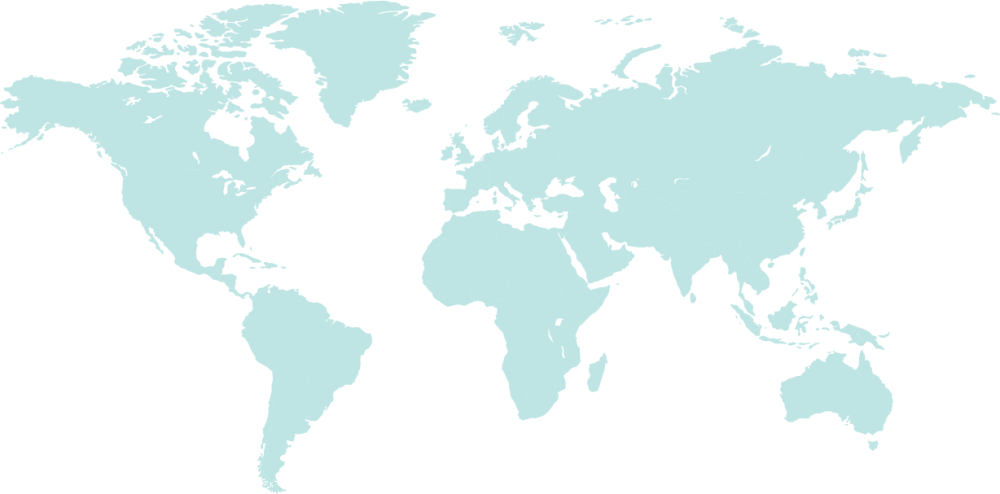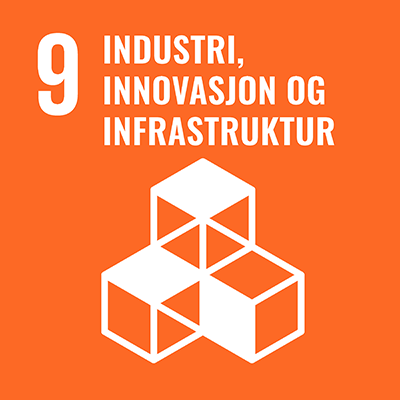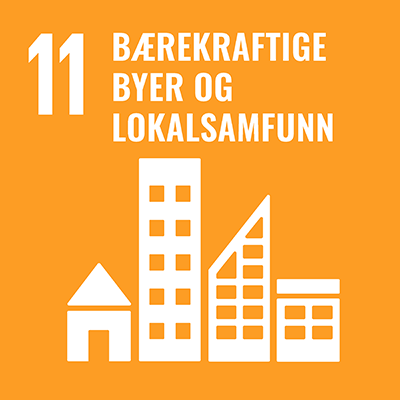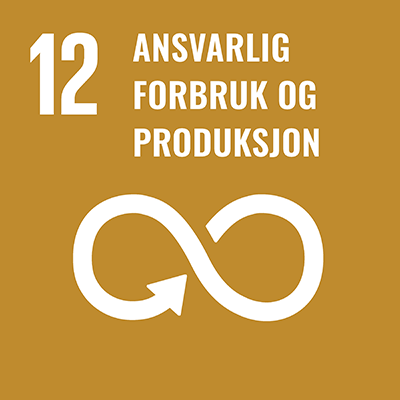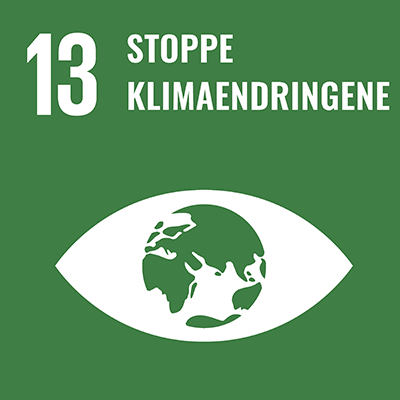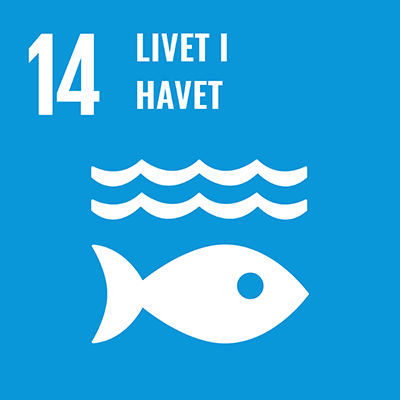As a family company, it is important to us to be taking responsibility for looking after the environment for future generations. Hence we work for our actions, service and products to leave the least possible footprints in the fjords and sea. Research and development is an important part of our daily work with sustainability, and the entire time we are on the hunt for new solutions that can be still more effective and environmentally friendly.
Environmental goals
We are always working in accordance with these goals in order to look after the environment in the best possible manner:
- We will initiate good measures that look after the environment, and contribute to an optimum utilisation of energy and other resources within the terms and conditions of the financial framework.
- We must always fulfil the environmental requirements with respect to laws and regulations.
- We will work for better environmental efficiency in our own activities through systematic environmental management in our operations, maintenance and development projects.
- We must pose clear environmental requirements for the purchasing of goods and services, and check that our environmental requirements are being complied with by all our suppliers.
- We will make our environmental work visible to visitors and arrange for environmentally correct behaviour.
- We must check that our suppliers operate in an ethical, environmentally friendly and sustainable manner through periodic visits and follow-ups.
Environmental efforts: Traceable environmental rope
Through the Traceable Environmental Rope co-operation with Grieg Seafood, Quantafuel and Brisk Safety, we have developed a rope that establishes a circular economy, and contributes to reducing CO2 footprints and microplastics in the sea. In this respect, the rope becomes a part of a closed circuit where the rope is recycled and used again. At Selstad, we control the entire value chain for rope production at our rope factory at Måløy in Vestlandet. This is where we produce rope from raw materials until it is fully completed, thereby ensuring environmentally friendly energy consumption in addition to the high quality of the rope.
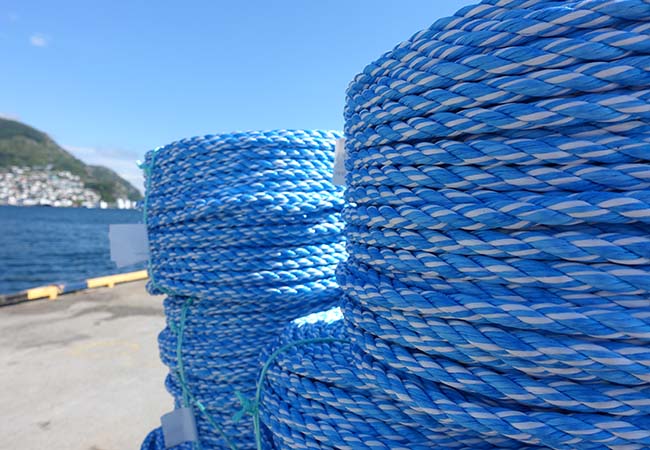
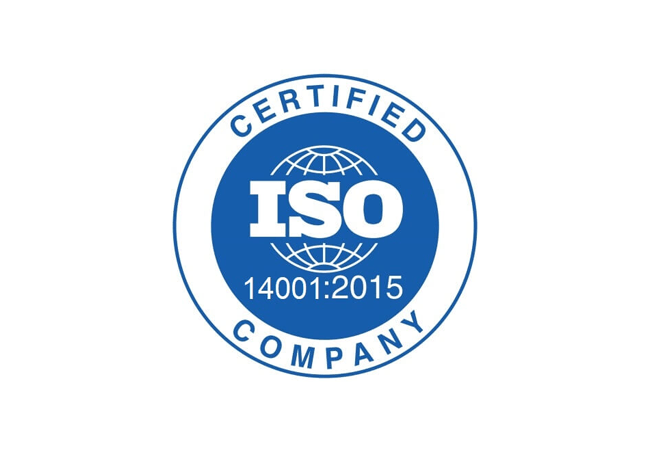

Environmental certification, approvals and accreditations
We are certified with respect to the Environmental Standard ISO 14001:2015 Management system for the environment. The standard for environmental management contributes to us minimising our environmental footprint by posing tangible requirements of our processes and measures, while at the same time we can document that we are working systematically to reduce our effects on the environment.
We carry out internal controls of all our certifications, accreditations and approvals as an important part of our quality assurance work, and also perform annual audits by external certified bodies that ensure that our certifications and accreditations are always valid.
Receiving and reuse
We also offer return arrangements for outdated fish farming cages, lice shirts, purse seines, trawls, Danish seines and ropes. All our departments can receive and forward your products for recycling to approved recipients such as Nofir and Østbø.
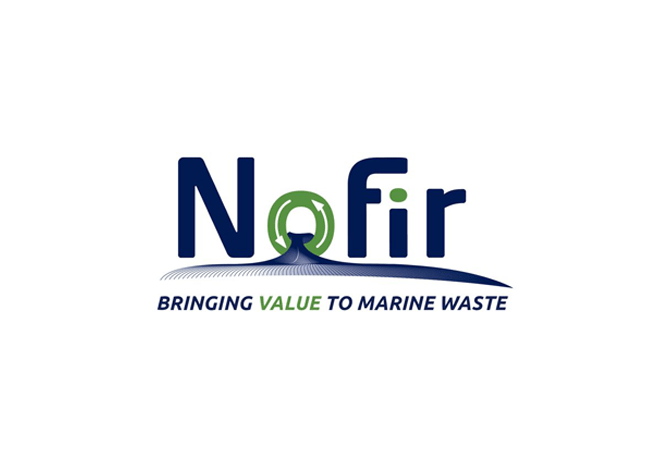

Materials for recycling
Fish farming cages
Trawls
Rope
Gill nets
Ring netting
Lice skirts
Cleaner fish hide
Environmentally friendly service
All our service stations for aquaculture perform environmentally friendly service of fish farming cages. This involves our service processes such as washing, mending, impregnation, drying and storage having to take place without emissions of polluted process water to the sea. We make use of advanced cleaning systems in the washing process in order to separate out special waste and purify the water for reuse. We have established procedures for environmentally correct handling of special waste where the waste is shipped to approved actors. You can thus feel confident that service of equipment at our service stations does not involve environmental emissions.
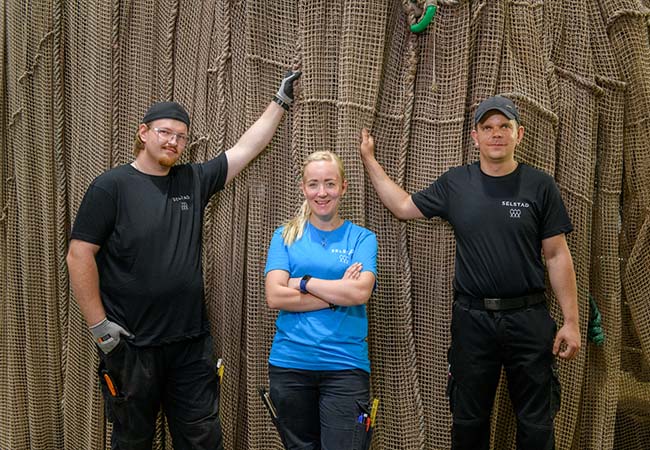

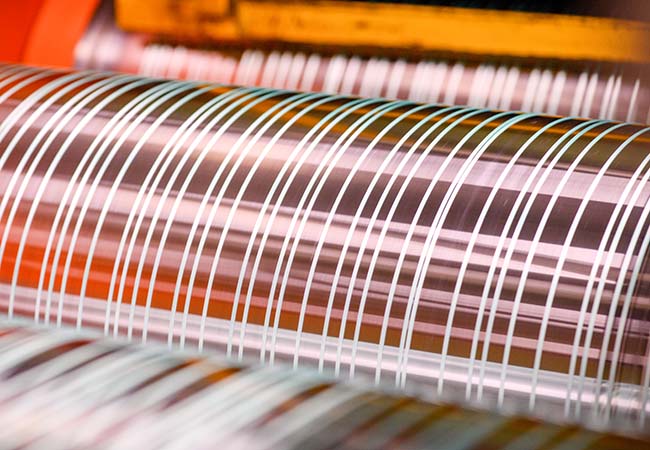

Energy management and packaging selection
We have carried out a separate project in energy management as a part of our strategy to be more energy-efficient. Here, we contribute, among other things, investments in new refrigeration systems at our service stations for reduced power consumption and efficient operational processes. We also make a conscious choice as regards packaging and use recycled plastic and materials that can be reused, while at the same time seeking new alternatives for optimising our packaging solutions.
Antifouling and NetCare certification
All our service systems are NetCare certified in accordance with Steen-Hansen’s principles, which contribute to ensuring safe handling of fish farming cages and netting treatment products, while at the same time it reduces the environmental burden from cages and increases the period of protection against fouling. We have vast experience with the use of products from suppliers such as Netkem, Steen-Hansen and Brynsløkken, and all use of their products occur in line with the recommendations of the suppliers. Selstad also invests in modern impregnation equipment, tumble driers, refrigeration capacity and training for the most environmentally friendly handing possible.
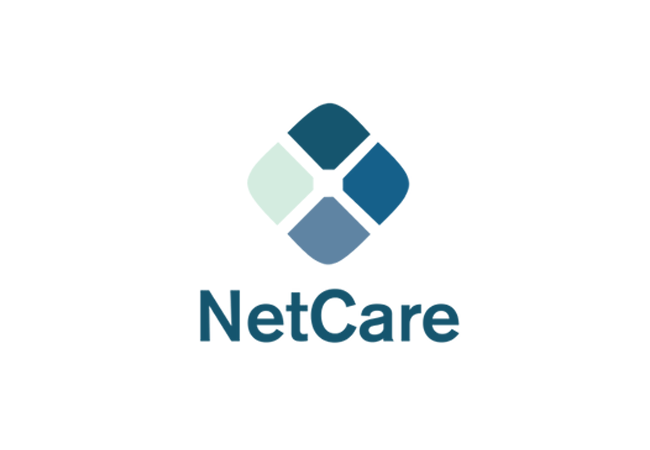

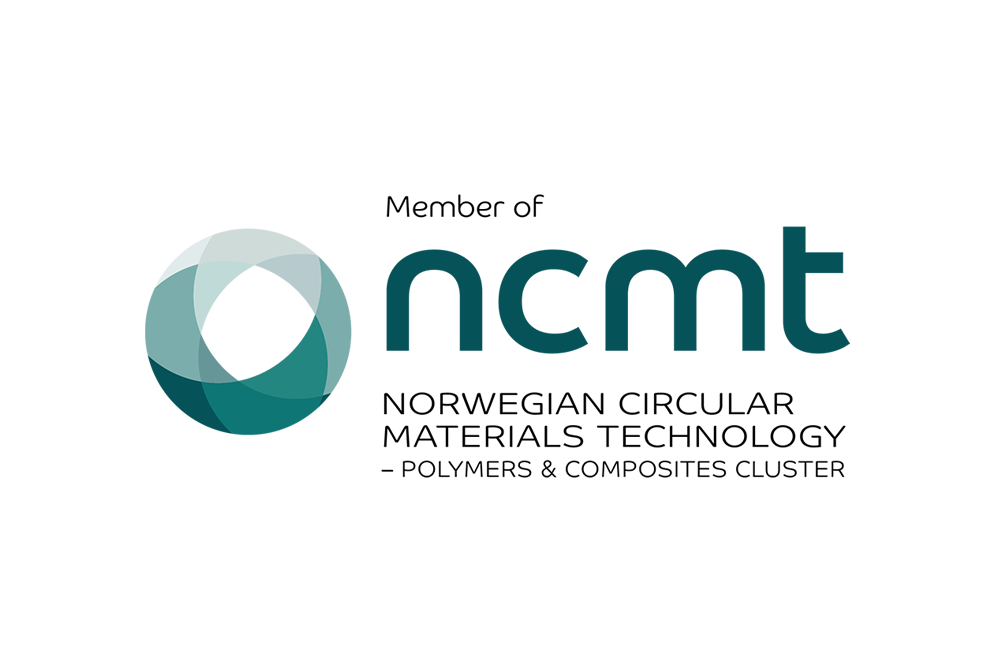

Development projects
We are a part of a number of projects where work is being done with developing and rationalising our solutions, products and services. Among other things, we are a member of NCMT, which is working to develop more environmentally friendly products for use in the aquaculture industry. We also work with projects intended to reduce the environmental footprints of ourselves and our working partners.
Environmental measures
In order to attain the goals in our environmental profile, we will always:
- Look after the environment by continuously searching for better solutions.
- Taking control samples of water, facilities and the environment.
- Monitoring quantities of waste and always seeking the best alternatives for waste management.
- Performing substitution evaluations of products in order to identify and utilise alternatives that give the least possible environmental effects.
- Avoid affecting the external environment.
